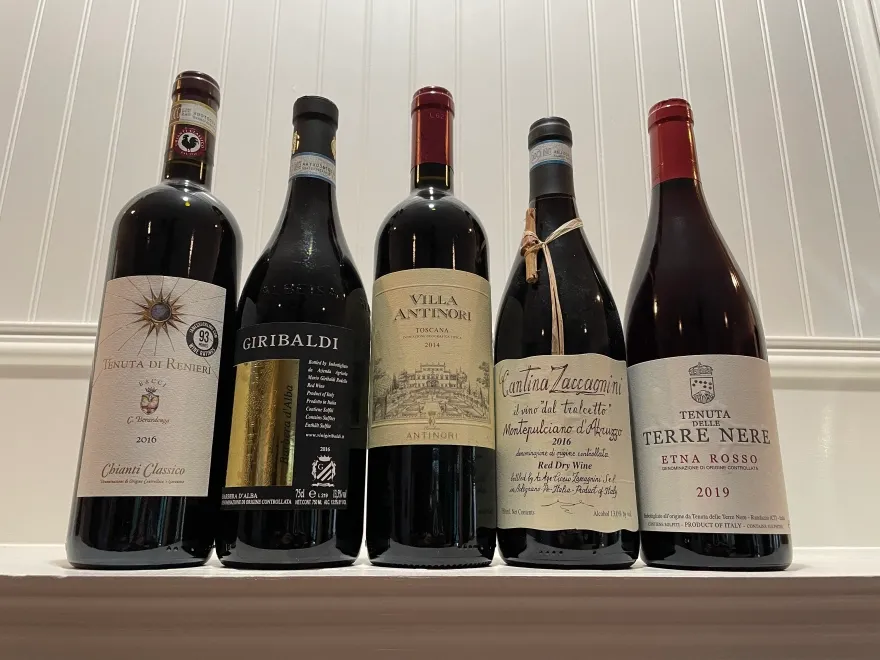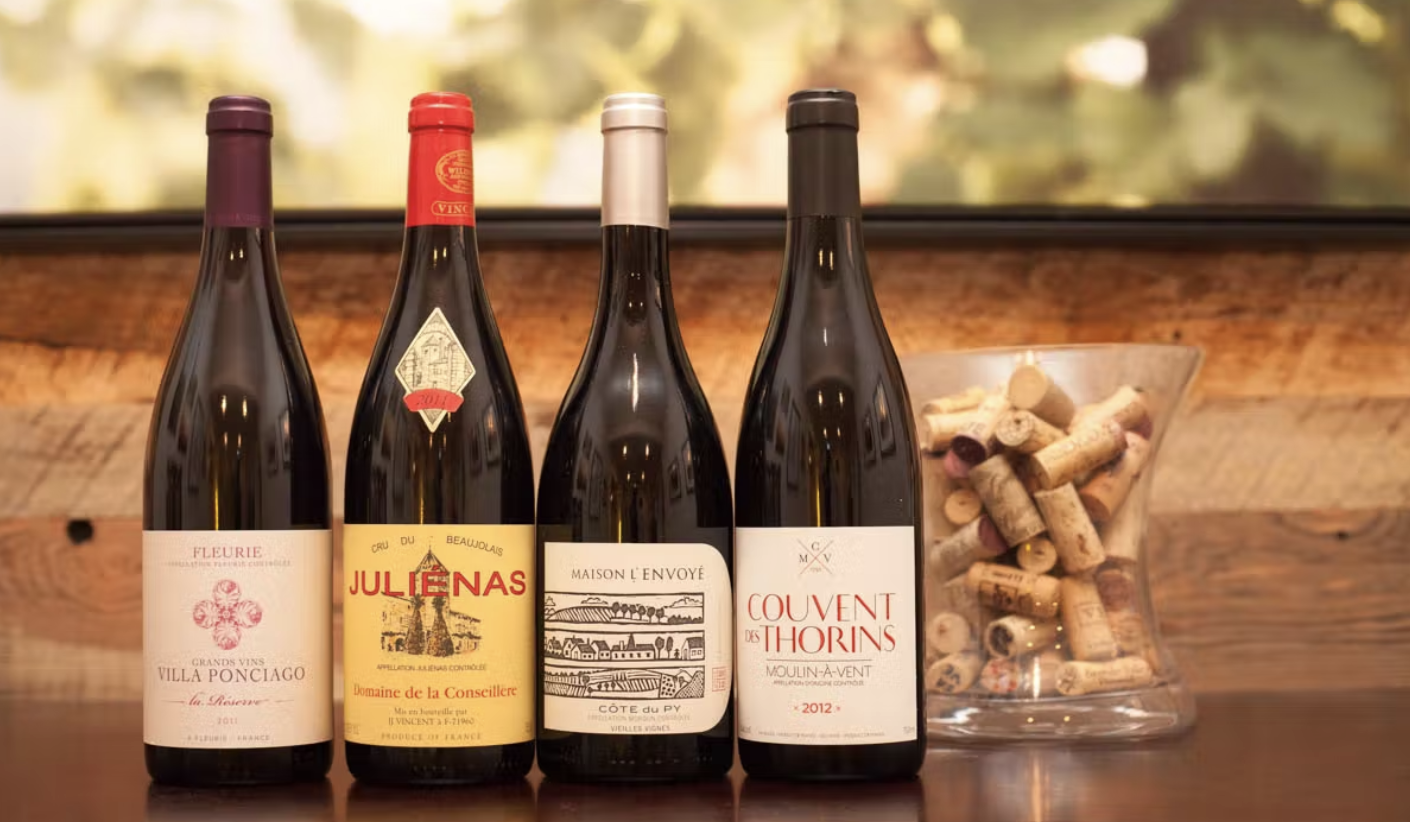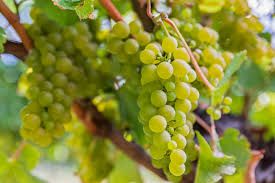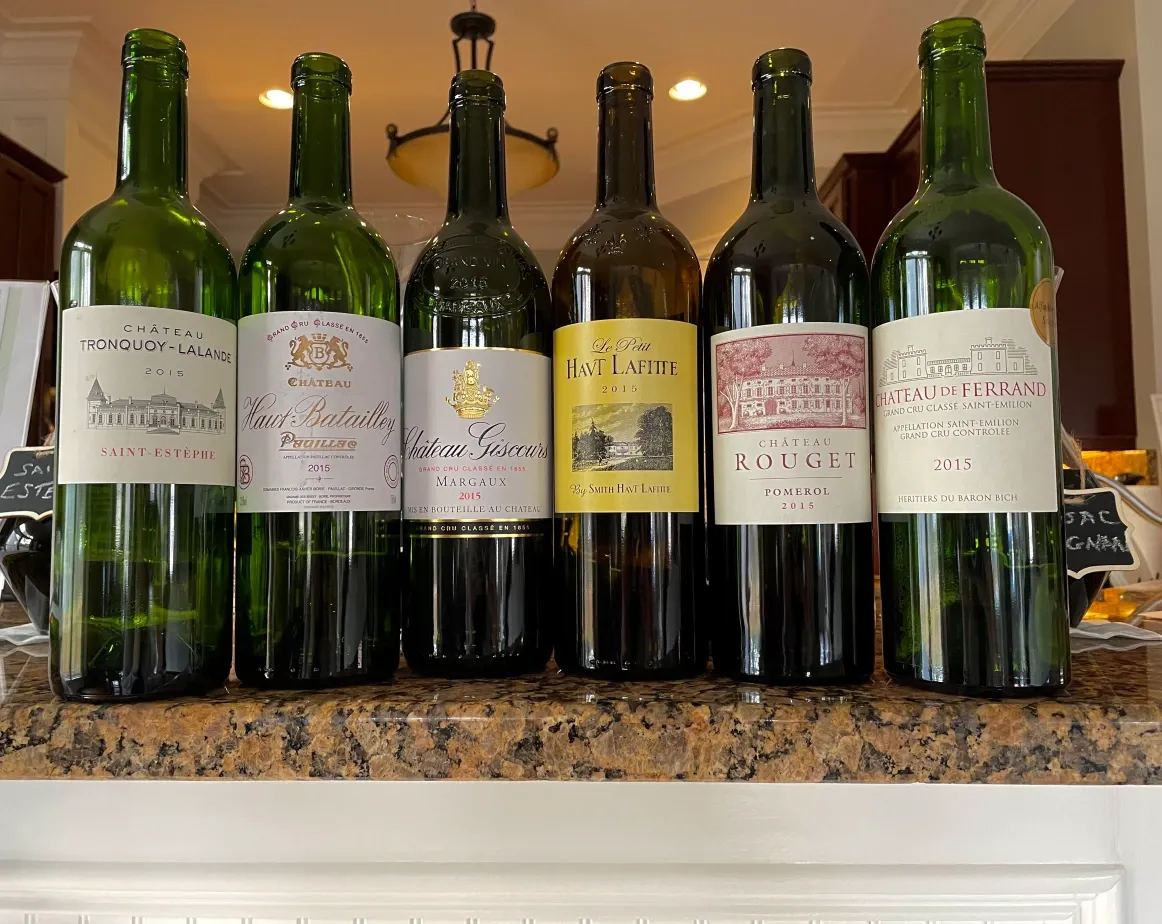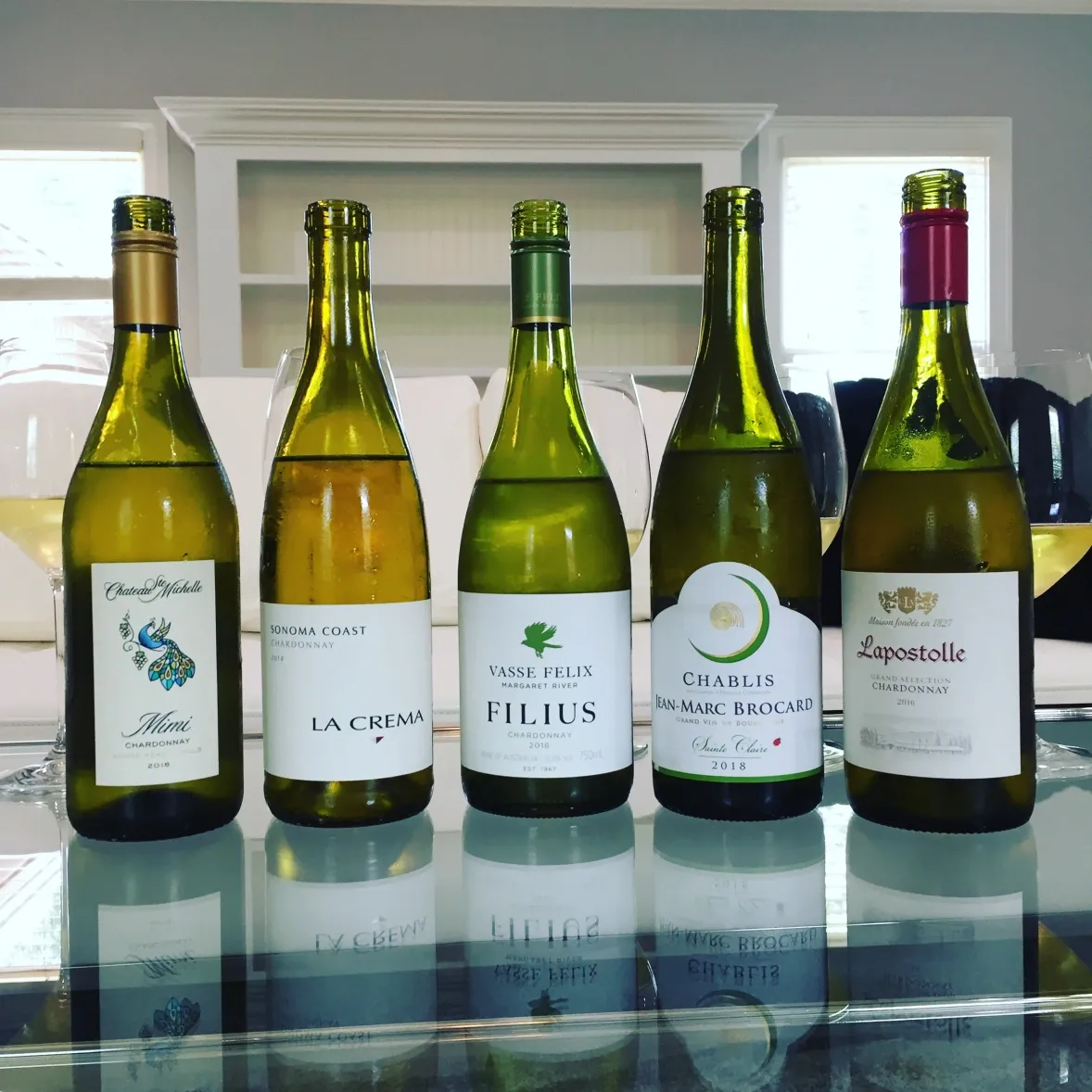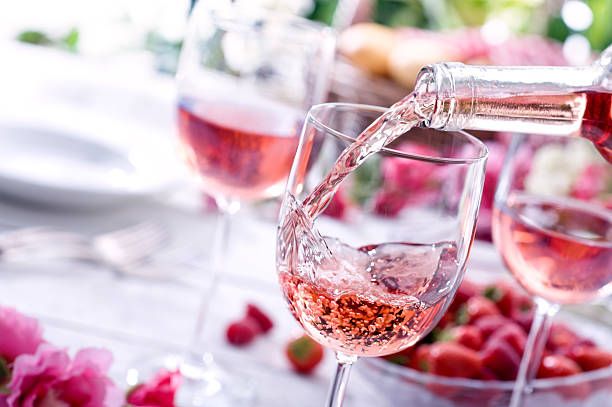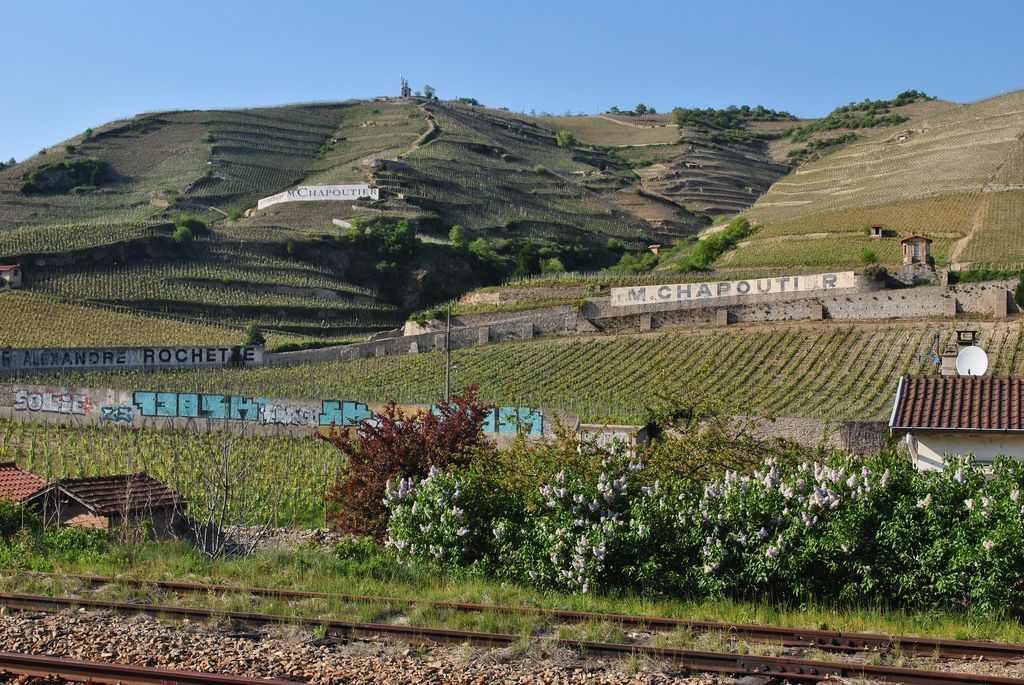Dry Riesling
Riesling is one of the very best food friendly wines, admired by most serious chefs, but is often misunderstood as a “sweet wine”. Read on for a few simple tips on navigating the labels to ensure your search for a fabulous dry Riesling doesn’t mistakingly turn into a sip of sticky sweet ice wine.
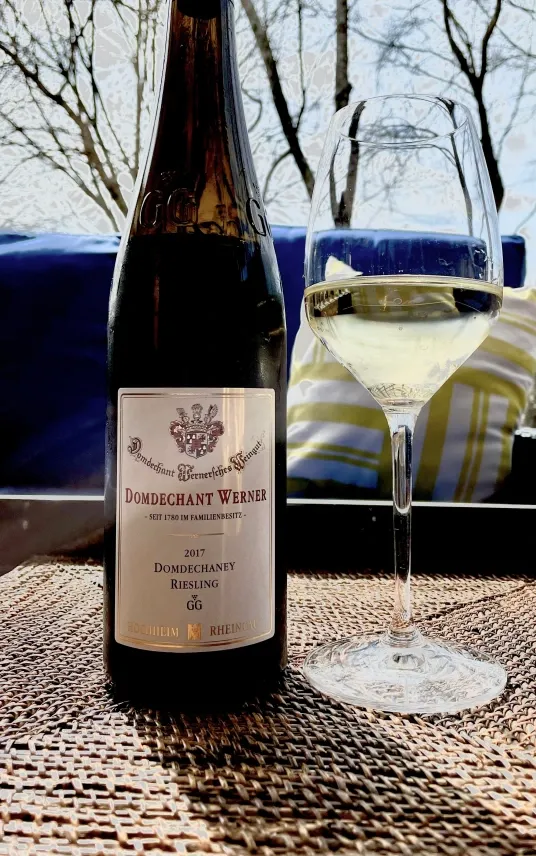
This Domdechant Werner, Domdechaney (name of one of their several vineyards) Riesling is a higher quality Riesling from the Rheingau region of Germany. The difference between these wines and the “everyday”, more reasonably priced wines, is in the body and complexity. This wine is very aromatic with peach, honeysuckle, and wet rock, like smelling the flowers along a rambling, rocky river bed. Pronounced flavors of ripe peaches, honeysuckle, lemon/lime twist, and wet rocks, with bright acidity. Beautiful wine.
Description/Pairing: Rieslings tend to have very floral aromas, with citrus and stone fruit flavors and higher, refreshing acidity. They are made in a variety of styles from very dry to super sweet. With the various sweetness levels and high acidity, these are one of the easiest food-pairing wines. They are great with your traditional chicken, pork, duck, and vegetable dishes; the bright acidity cuts through white cream sauces and cheeses; and an off-dry Riesling with just a hint of sugar is THE best pairing with spicy Asian dishes. These are also great summer porch-sipping wines!
Fun Fact: The largest overall production of Riesling is in Germany of course, but the largest single producer of Riesling is….wait for it…Chateau Ste. Michelle in Washington! They have a great, easy-to-find, reasonably priced Dry Riesling I highly recommend for every day. Look for “Dry” on the label as they make a variety of styles. Another great dry Washington Riesling I love is Kung Fu Girl by Charles Smith. These two wines are about $10, more or less.
More Info: How to easily find a dry Riesling? Look for the following on the label and/or bottle:
- “Dry” – Many U.S. producers will make that abundantly clear on the label.
- “Trocken” = German word for “Dry”
- “GG” on the bottle – Grosses Gewächs = Great Growth. These are considered to be some of the best wines in Germany, and they are all dry wines
- If you don’t see any of the above, another good option is to look at the alcohol content. In some cases, your dry Rieslings will have at least a 12% or higher alcohol content, but not always - ask at your local retail shop.
- Shop on Wine.com for great Rieslings – so easy, right to your door.
More Wine Articles
